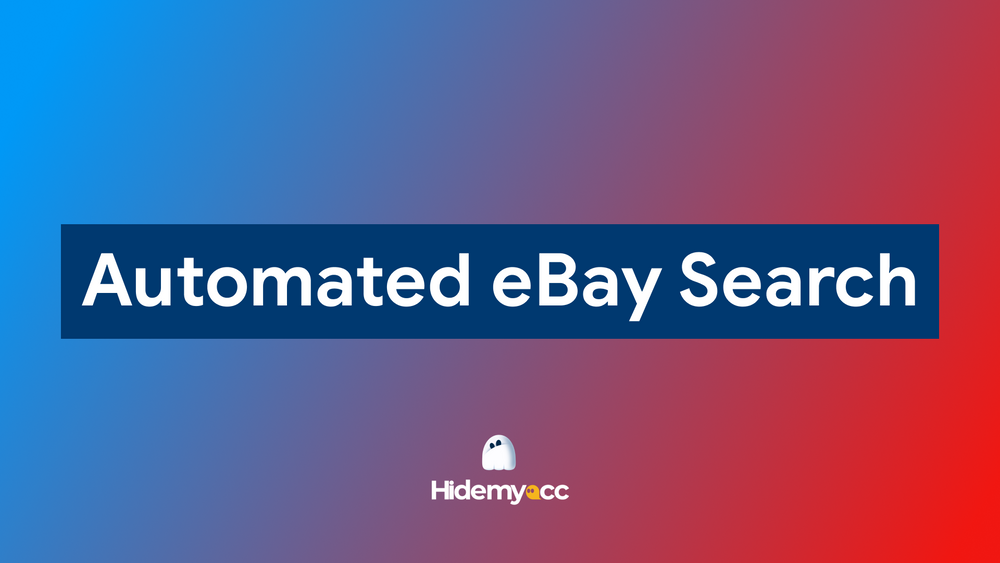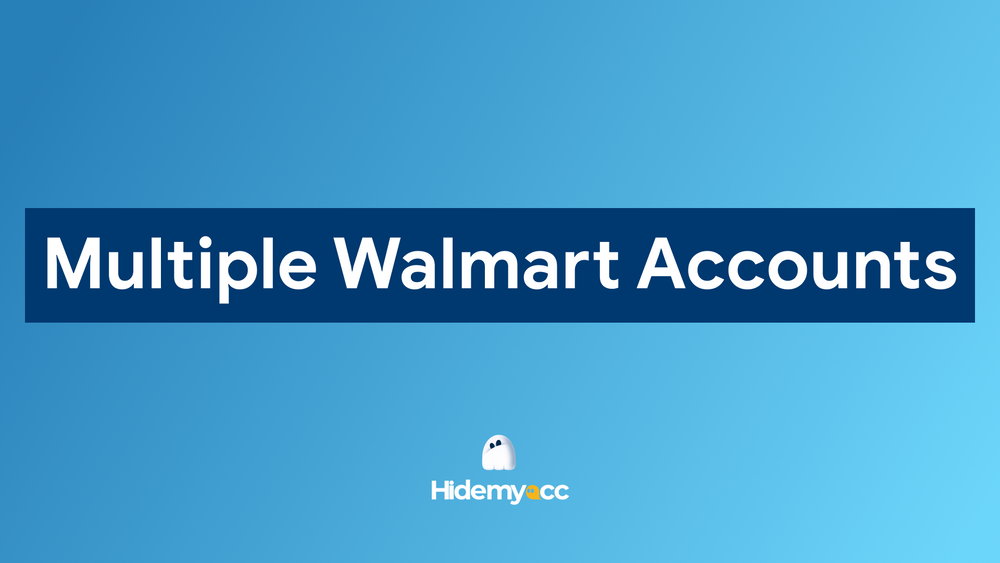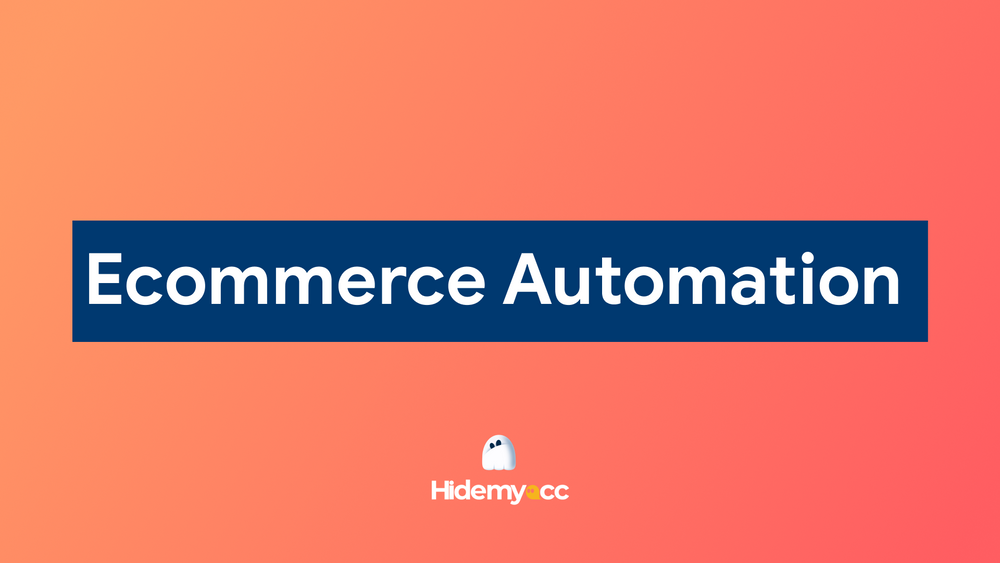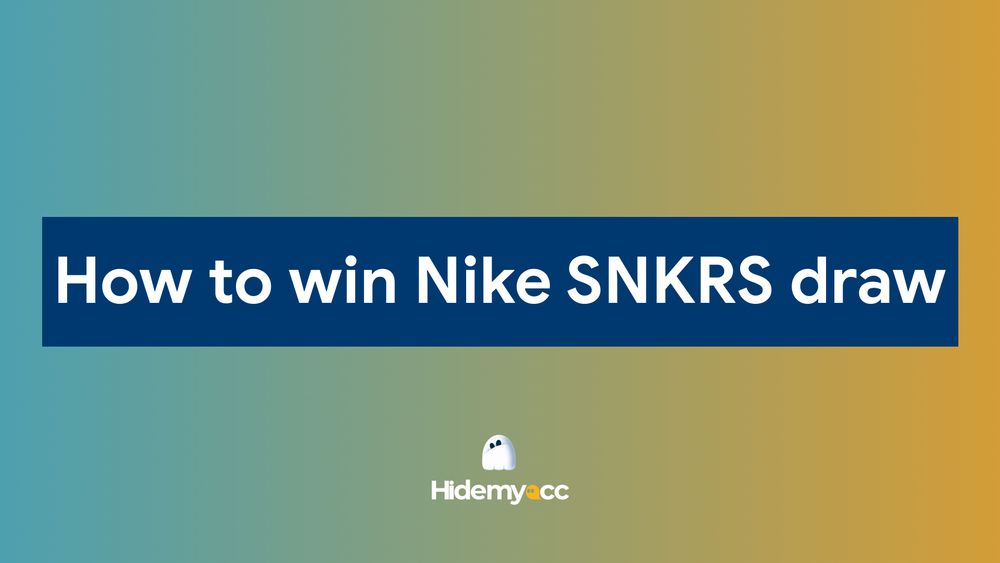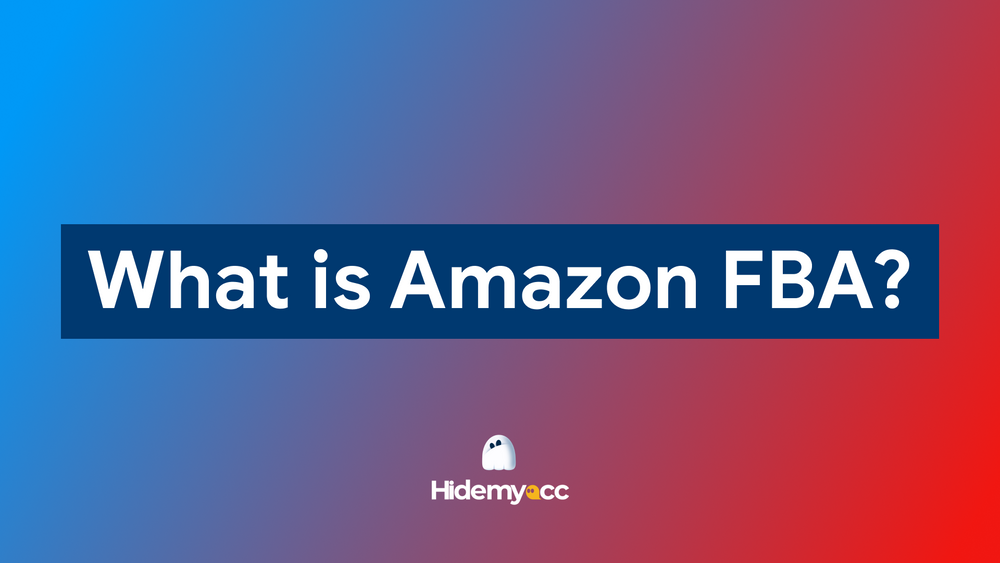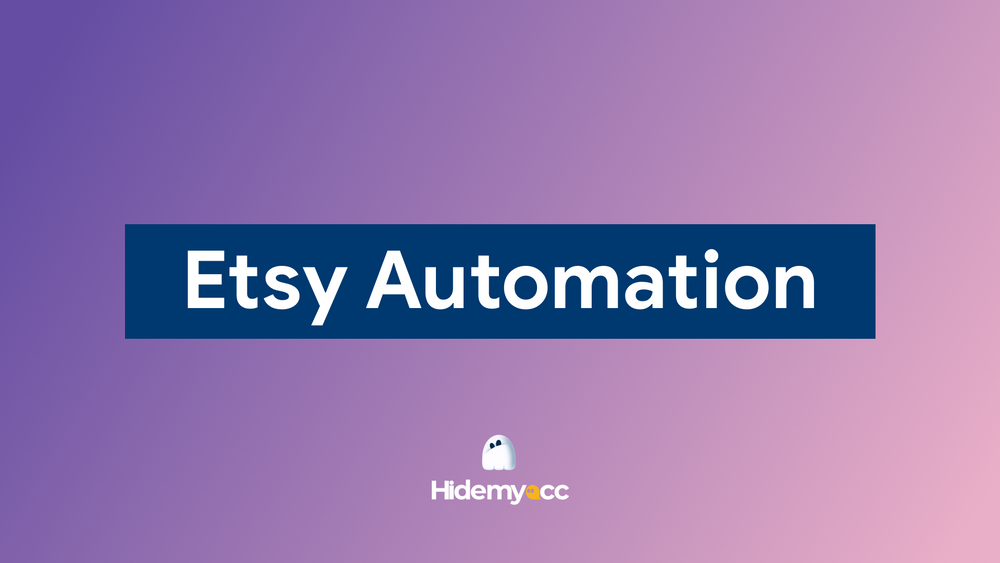In today's competitive e-commerce environment, Amazon PPC advertising plays a crucial role in helping sellers promote their products and gain visibility in the marketplace. Amazon's pay-per-click (PPC) advertising model allows sellers to target potential buyers effectively while managing their budgets. This blog post will delve into the ins and outs of Amazon PPC advertising, providing insights on its types, how it works, and the best strategies for setting up successful campaigns. Additionally, we will explore the differences between Amazon PPC advertising and Google PPC, offering useful tips for optimizing your Amazon PPC advertising efforts.
1. What is Amazon PPC advertising?
Amazon PPC advertising is a method used by sellers to increase product visibility and drive traffic to their listings. In simple terms, it’s a paid advertising solution where sellers only pay when a user clicks on their ad. This model ensures that sellers can manage their marketing budgets while targeting an audience that is already searching for relevant products. The ultimate goal of Amazon PPC advertising is to generate sales, making it a valuable tool for boosting product exposure and increasing revenue.
The ads appear in several formats, such as in search results or product detail pages, giving sellers multiple opportunities to showcase their products. With millions of potential customers visiting Amazon every day, understanding how Amazon PPC advertising works can make a significant difference in your e-commerce strategy.
2. What are the three types of Amazon PPC Advertising?
There are three primary types of Amazon PPC advertising that sellers can use to increase their product visibility:
2.1 Sponsored products ads
Sponsored Products ads are the most common type of Amazon PPC advertising ads. These ads appear in the search results and product detail pages, allowing sellers to promote individual products directly to users who are actively searching for similar items. Sponsored Products ads help sellers boost visibility for specific products, driving targeted traffic to their listings.
These ads are keyword-targeted, meaning sellers choose keywords relevant to their products to trigger their ads. This ensures that the ads are displayed to users searching for terms related to the seller's products.
2.2 Sponsored brands ads
Sponsored Brands ads, previously known as Headline Search Ads, allow sellers to showcase their brand with a customizable banner ad. These ads appear at the top of Amazon's search results and can feature a logo, a headline, and multiple products. Sponsored Brands ads are ideal for sellers who want to promote a range of products or build brand awareness on Amazon.
These ads can be targeted using keywords or product categories, giving sellers the flexibility to design campaigns based on their goals. Sponsored Brands ads also allow sellers to direct users to a custom landing page or Amazon Store, enhancing the shopping experience.
2.3 Sponsored display ads
Sponsored Display ads are a more dynamic form of Amazon PPC advertising. These display ads can be shown both on and off Amazon, reaching customers who have already viewed a product or similar items. Sponsored Display ads are often used for retargeting customers who have shown interest in a product but have not yet made a purchase.
These ads can appear on Amazon's website, on third-party websites, and across the web, allowing sellers to capture attention beyond the Amazon platform. Sponsored Display ads are an excellent tool for increasing brand recall and driving conversions.
3. What is the difference between Amazon PPC and Google PPC?
While both Amazon PPC advertising and Google PPC are pay-per-click advertising models, they have distinct differences in how they work, the targeting options available, and the intent of users.
3.1 Targeting options
Amazon PPC advertising ads primarily focus on keywords and product targeting. Sellers can choose specific keywords that match their product, or they can target products that are similar to theirs. This allows sellers to capture customers who are actively searching for a product similar to what they offer.
On the other hand, Google PPC ads have a broader range of targeting options. Google allows advertisers to target based on keywords, demographics, interests, and location. This flexibility makes Google PPC a good choice for a variety of businesses, but it can also make it more complex to target the right audience compared to Amazon PPC advertising.
3.2 User intent
One of the key differences between Amazon PPC advertising and Google PPC is the user intent. When users search on Amazon, they are typically in a buying mindset, looking for specific products to purchase. This makes Amazon PPC advertising more directly focused on driving conversions and sales.
In contrast, Google PPC ads target users who may be at various stages of the purchasing journey. While Google Ads can target users searching for specific products, it also targets those who are simply gathering information or browsing. This means that Google PPC may not always be as focused on conversions as Amazon PPC advertising.
3.3 Ad placement
Amazon PPC advertising ads appear on Amazon's website, including search results pages and product detail pages. These placements are highly targeted, as users on Amazon are already in a buying environment.
Google PPC ads appear on Google’s search results pages, YouTube, and other sites within the Google Display Network. While Google provides a wider reach, its ad placements may not always be as focused on driving immediate sales as Amazon’s.
3.4 Tools for security
For sellers using Amazon PPC advertising, antidetect browser tool, such as Hidemyacc, play a crucial role in enhancing the security of their campaigns. These tools help you mask your digital identity and avoid potential flags for suspicious activities. If you manage multiple Amazon accounts or work from different locations, using Hidemyacc ensures that your Amazon PPC advertising ads remains secure, minimizing the risk of account suspensions or other security issues.
4. How to set up Amazon PPC advertising effectively?
Setting up a successful Amazon PPC advertising campaign requires a clear strategy and an understanding of the platform’s features. Follow these steps to set up your Amazon PPC advertising campaigns effectively:
4.1 Choose your campaign type
The first step in setting up Amazon PPC advertising is choosing the right campaign type. Depending on your goals, you can choose from Sponsored Products, Sponsored Brands, or Sponsored Display ads. Sponsored Products ads are best for promoting individual products, while Sponsored Brands ads are ideal for building brand awareness and showcasing multiple products. Sponsored Display ads are great for retargeting and increasing brand recall.
4.2 Select targeting options
Once you’ve selected your campaign type, the next step is choosing your targeting options. Amazon allows you to target ads using keywords or product categories. You can choose automatic targeting, where Amazon selects relevant keywords for your products, or manual targeting, where you hand-pick the keywords.
Using tools like Hidemyacc for extra security, you can ensure that your Amazon account is protected while running targeted campaigns. An antidetect browser can help you manage your ads from different locations or accounts without risking being flagged by Amazon’s security system.
4.3 Set your budget and bids
After selecting your targeting options, set a daily budget and bid amount. Your budget will dictate how much you're willing to spend per day on your ads, while your bid will determine how much you are willing to pay per click. You can start with a modest budget and adjust it based on the performance of your ads.
4.4 Monitor and optimize your campaigns
Monitoring your campaigns is crucial to ensuring that your ads are effective. Amazon provides detailed performance metrics, such as ACOS (Advertising Cost of Sale), CTR (Click-Through Rate), and ROAS (Return on Advertising Spend). Regularly reviewing these metrics will help you understand which ads are performing well and which need adjustments.
Using tools like Hidemyacc can make it easier to manage multiple campaigns securely while tracking performance across different accounts or regions.
4.5 Analyze campaign performance
Once your campaign is up and running, it’s essential to continually analyze its performance. Look at the data provided by Amazon’s analytics tools and make adjustments to your bids, keywords, and ad placements to improve results. Regular analysis will help you maximize your return on investment and ensure that your ads are delivering the best possible results.
5. Conclusion
Amazon PPC advertising is a powerful tool for increasing product visibility, driving traffic, and ultimately boosting sales. By understanding the different types of ads available, the differences between Amazon PPC advertising and Google PPC, and how to set up and optimize your campaigns, you can effectively leverage this platform to grow your business.
Don’t forget to use tools like Hidemyacc for extra security, especially if you manage multiple Amazon accounts or are operating from different locations. With the right strategy and tools in place, Amazon PPC advertising can help you achieve your advertising goals and drive success on the platform.
Same topic Amazon:
- How to get Amazon Affiliate link: A complete guide for beginners
- Top 17 Amazon SEO tools that help you rank: Boost your sales now!
- 10 Amazon SEO tricks top sellers use (that you don’t)
6. FAQ
Question 1: Is PPC worth it on Amazon?
PPC on Amazon is definitely worth it if done correctly. It helps increase visibility for your products and drives targeted traffic, leading to higher sales. Proper campaign management ensures a good return on investment.
Question 2: What advertising method does Amazon use?
Amazon uses several advertising methods, including Sponsored Products, Sponsored Brands, and Sponsored Display ads. These methods are designed to cater to different advertising needs, whether you’re promoting individual products or building brand awareness.
Question 3: Which platform is most famous for PPC advertising?
Amazon and Google are the two most famous platforms for PPC advertising. While Amazon focuses on driving sales directly, Google provides broader reach through its search and display network.
Question 4: Which is better, SEO or PPC?
SEO and PPC each have their advantages. SEO is a long-term strategy that builds organic traffic, while PPC delivers immediate results. A combination of both strategies often yields the best outcomes.
Question 5: How expensive is Amazon PPC?
The cost of Amazon PPC advertising varies based on competition, bids, and product category. Sellers can control costs by setting daily budgets and adjusting bids, but the cost per click can increase in competitive markets.

